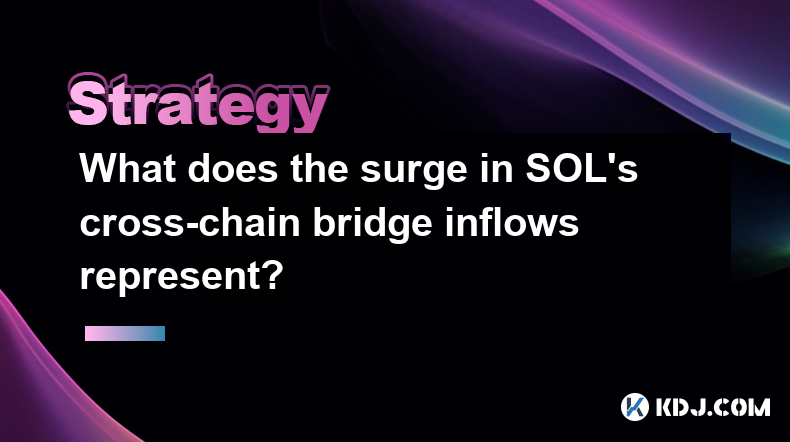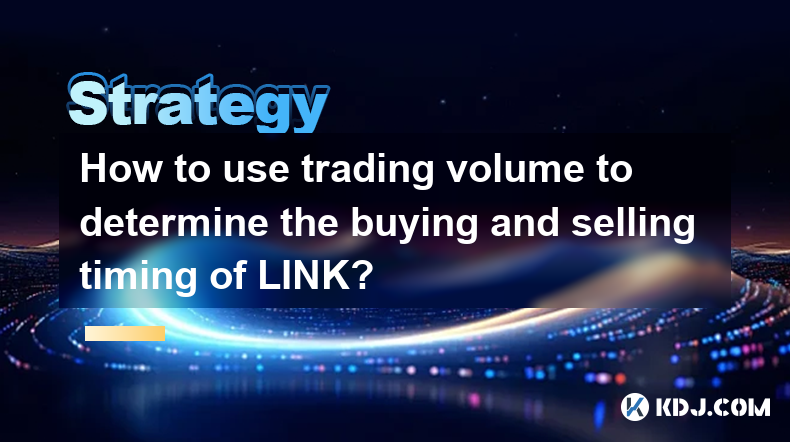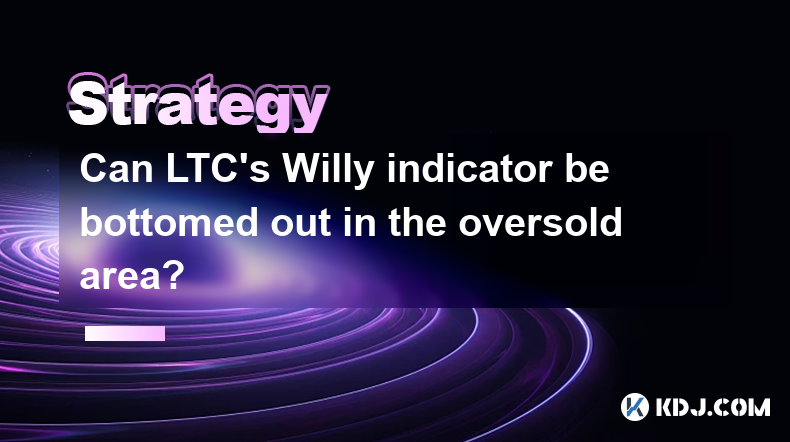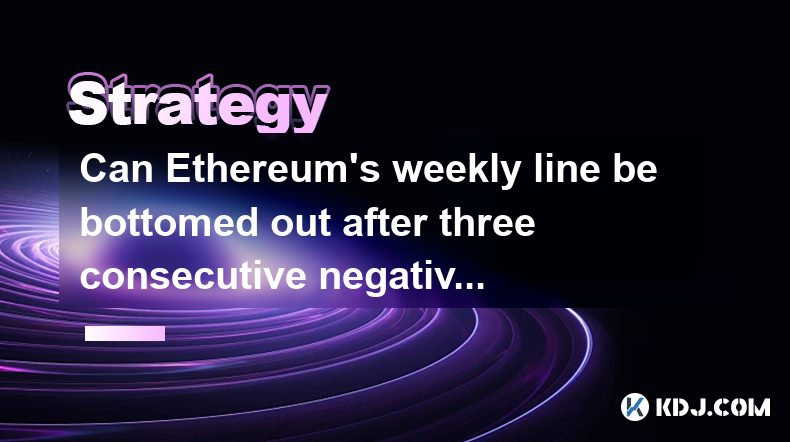-
 Bitcoin
Bitcoin $93,400.4169
-0.07% -
 Ethereum
Ethereum $1,758.0123
-2.17% -
 Tether USDt
Tether USDt $1.0003
0.01% -
 XRP
XRP $2.1919
-1.20% -
 BNB
BNB $600.1633
-1.00% -
 Solana
Solana $151.9829
1.13% -
 USDC
USDC $1.0000
0.00% -
 Dogecoin
Dogecoin $0.1801
1.82% -
 Cardano
Cardano $0.7115
2.37% -
 TRON
TRON $0.2436
-0.83% -
 Sui
Sui $3.3769
10.54% -
 Chainlink
Chainlink $14.8852
-0.26% -
 Avalanche
Avalanche $22.1027
-0.70% -
 Stellar
Stellar $0.2802
5.45% -
 UNUS SED LEO
UNUS SED LEO $9.2072
0.82% -
 Shiba Inu
Shiba Inu $0.0...01381
2.58% -
 Toncoin
Toncoin $3.1898
0.66% -
 Hedera
Hedera $0.1863
3.71% -
 Bitcoin Cash
Bitcoin Cash $353.2783
-2.63% -
 Polkadot
Polkadot $4.2549
4.30% -
 Litecoin
Litecoin $83.7047
-0.38% -
 Hyperliquid
Hyperliquid $18.8110
1.77% -
 Dai
Dai $1.0000
0.01% -
 Bitget Token
Bitget Token $4.4378
-1.47% -
 Ethena USDe
Ethena USDe $0.9994
0.01% -
 Pi
Pi $0.6537
-0.97% -
 Monero
Monero $229.4196
-0.24% -
 Pepe
Pepe $0.0...08703
-0.51% -
 Uniswap
Uniswap $5.7568
-3.76% -
 Aptos
Aptos $5.4822
1.82%
Is the increase in net outflow of SOL exchanges a positive signal?
A significant increase in SOL's net outflow from exchanges often signals bullish sentiment, as investors move assets to private wallets for long-term holding.
Apr 23, 2025 at 07:07 pm

The increase in net outflow of SOL exchanges can be interpreted in several ways within the cryptocurrency community. Understanding the dynamics of net outflow from exchanges is crucial for assessing the health and sentiment of a cryptocurrency like Solana (SOL). When we talk about net outflow, we refer to the total amount of SOL that is withdrawn from exchanges minus the amount deposited into them. A positive net outflow suggests that more SOL is being moved off exchanges than onto them, which can be indicative of various market behaviors.
What Does Net Outflow Indicate?
Net outflow from exchanges can signal different things depending on the context. A significant increase in net outflow often suggests that holders are moving their SOL to private wallets, which can be interpreted as a bullish signal. This behavior typically indicates that investors are more interested in holding their assets long-term rather than selling them on exchanges. When investors believe in the future value of a cryptocurrency, they are more likely to move it off exchanges to secure their holdings in personal wallets.
Impact on Price and Market Sentiment
The relationship between net outflow and price can be complex. An increase in net outflow can lead to a decrease in the available supply of SOL on exchanges, which, according to basic economic principles, can drive up the price if demand remains constant or increases. However, this is not a guaranteed outcome. Market sentiment plays a significant role, and other factors such as regulatory news, macroeconomic conditions, and broader market trends can influence the price independently of net outflow.
Analyzing Historical Data
To better understand the significance of an increase in net outflow, it's beneficial to analyze historical data. Looking at past instances where SOL experienced significant net outflows can provide insights into how the market reacted. For instance, if previous net outflows were followed by price increases, this could reinforce the notion that the current increase is a positive signal. Conversely, if historical data shows mixed results, the current situation may not be as clear-cut.
Factors Influencing Net Outflow
Several factors can influence the net outflow of SOL from exchanges. One major factor is investor sentiment, which can be swayed by news about Solana's development, partnerships, or upgrades to its network. Additionally, regulatory changes or announcements can prompt investors to move their assets off exchanges to avoid potential risks. Another factor to consider is market manipulation, where large holders (whales) might move significant amounts of SOL off exchanges to create a perception of scarcity and drive up prices.
How to Monitor Net Outflow
For those interested in tracking the net outflow of SOL, there are several tools and resources available. Using blockchain analytics platforms like Glassnode or CryptoQuant can provide detailed insights into the movement of SOL on and off exchanges. Here's how you can monitor net outflow using these platforms:
- Visit the chosen analytics platform and navigate to the Solana section.
- Look for metrics related to exchange flows, such as 'Exchange Net Position Change' or similar indicators.
- Analyze the data over different time frames to understand the trend and its potential impact on the market.
- Compare the current net outflow with historical data to gauge its significance.
The Role of Staking and DeFi
Another aspect to consider is the role of staking and decentralized finance (DeFi) in influencing net outflow. Solana's staking mechanism and its thriving DeFi ecosystem can be significant drivers of net outflow. When users stake their SOL or participate in DeFi protocols, they often move their tokens off exchanges to their personal wallets or directly into smart contracts. This movement can contribute to a positive net outflow, reflecting a healthy and active ecosystem.
Potential Risks and Considerations
While an increase in net outflow can be seen as a positive signal, it's important to consider potential risks. If the net outflow is driven by fear or uncertainty, it might not necessarily lead to a sustained increase in price. Additionally, large outflows could be a precursor to a significant sell-off if the assets are moved to exchanges later. Therefore, it's crucial to look at the broader context and not rely solely on net outflow data when making investment decisions.
Frequently Asked Questions
Q: How can I differentiate between a bullish and bearish net outflow for SOL?
A: To differentiate between bullish and bearish net outflow, consider the context and other market indicators. A bullish net outflow is often accompanied by positive news, increased staking, and a thriving DeFi ecosystem. Conversely, a bearish net outflow might be driven by negative sentiment, regulatory concerns, or a general market downturn.
Q: Can net outflow be manipulated by large holders to influence the market?
A: Yes, large holders or whales can manipulate net outflow to create a perception of scarcity. By moving significant amounts of SOL off exchanges, they might attempt to drive up prices. However, this manipulation can be short-lived if it's not supported by genuine market demand.
Q: How frequently should I check the net outflow data for SOL?
A: It's advisable to check net outflow data regularly, ideally on a daily or weekly basis, to stay updated on market trends. However, it's important to consider net outflow as one of many indicators and not the sole basis for investment decisions.
Q: Are there any specific tools or platforms that provide real-time net outflow data for SOL?
A: Yes, platforms like Glassnode and CryptoQuant offer real-time data on SOL's net outflow. These platforms provide detailed analytics that can help you track the movement of SOL on and off exchanges effectively.
Disclaimer:info@kdj.com
The information provided is not trading advice. kdj.com does not assume any responsibility for any investments made based on the information provided in this article. Cryptocurrencies are highly volatile and it is highly recommended that you invest with caution after thorough research!
If you believe that the content used on this website infringes your copyright, please contact us immediately (info@kdj.com) and we will delete it promptly.
- SEC Delays Decision On Canary Capital's HBAR Exchange-Traded Fund
- 2025-04-25 10:50:12
- BlockDAG (BDAG) Flips the Script, Resetting Price Ahead of Mainnet Launch
- 2025-04-25 10:50:12
- NYU professor Scott Galloway on Thursday detailed a “transnational oligarchy”
- 2025-04-25 10:45:12
- Zypher Network Partners with DeAgent AI to Redefine the Future of Decentralized Intelligence
- 2025-04-25 10:45:12
- LBank Explores the Possible Resurgence of the Meme Coin Market as a Leading Crypto Narrative
- 2025-04-25 10:40:12
- Trump's Poll Numbers Might Be Sinking — But His Crypto Coin and Media Empire Are On The Rise
- 2025-04-25 10:40:12
Related knowledge

What does the surge in SOL's cross-chain bridge inflows represent?
Apr 25,2025 at 09:00am
The recent surge in SOL's cross-chain bridge inflows represents a significant trend within the cryptocurrency ecosystem, particularly for Solana (SOL). This phenomenon highlights increased activity and interest in moving assets from other blockchains to Solana, indicating growing confidence in its network and ecosystem. Cross-chain bridges are essential...

Is the increase in LINK's net outflow from exchanges a positive signal?
Apr 24,2025 at 02:35pm
The recent increase in LINK's net outflow from exchanges has sparked discussions within the cryptocurrency community about its implications for the token's future performance. LINK, the native token of the Chainlink decentralized oracle network, has seen a notable shift in its net outflow from exchanges, which many interpret as a positive signal. This a...

Is LTC's UTXO age distribution useful for judging buying and selling points?
Apr 23,2025 at 05:42pm
Is LTC's UTXO age distribution useful for judging buying and selling points? Understanding the UTXO (Unspent Transaction Output) age distribution of Litecoin (LTC) can provide valuable insights into the behavior of its holders and potentially help in making informed decisions about buying and selling points. The UTXO age distribution refers to the age o...

How to use trading volume to determine the buying and selling timing of LINK?
Apr 25,2025 at 02:07am
How to Use Trading Volume to Determine the Buying and Selling Timing of LINK? Trading volume is a crucial metric in the cryptocurrency market that can provide valuable insights into the buying and selling behavior of traders. When it comes to Chainlink (LINK), understanding how to analyze trading volume can help you make more informed decisions about wh...

Can LTC's Willy indicator be bottomed out in the oversold area?
Apr 24,2025 at 01:43pm
Understanding the Willy IndicatorThe Willy indicator, also known as the Willy ratio, is a technical analysis tool used in the cryptocurrency market to gauge the sentiment of a particular asset, in this case, Litecoin (LTC). It is calculated by dividing the total trading volume of an asset by its market capitalization. The resulting ratio helps traders u...

Can Ethereum's weekly line be bottomed out after three consecutive negatives?
Apr 24,2025 at 10:56am
In the dynamic world of cryptocurrencies, understanding market trends and patterns is crucial for investors and traders alike. One of the significant aspects of technical analysis in this field is the examination of weekly line charts, particularly for major cryptocurrencies like Ethereum. The question of whether Ethereum's weekly line can be bottomed o...

What does the surge in SOL's cross-chain bridge inflows represent?
Apr 25,2025 at 09:00am
The recent surge in SOL's cross-chain bridge inflows represents a significant trend within the cryptocurrency ecosystem, particularly for Solana (SOL). This phenomenon highlights increased activity and interest in moving assets from other blockchains to Solana, indicating growing confidence in its network and ecosystem. Cross-chain bridges are essential...

Is the increase in LINK's net outflow from exchanges a positive signal?
Apr 24,2025 at 02:35pm
The recent increase in LINK's net outflow from exchanges has sparked discussions within the cryptocurrency community about its implications for the token's future performance. LINK, the native token of the Chainlink decentralized oracle network, has seen a notable shift in its net outflow from exchanges, which many interpret as a positive signal. This a...

Is LTC's UTXO age distribution useful for judging buying and selling points?
Apr 23,2025 at 05:42pm
Is LTC's UTXO age distribution useful for judging buying and selling points? Understanding the UTXO (Unspent Transaction Output) age distribution of Litecoin (LTC) can provide valuable insights into the behavior of its holders and potentially help in making informed decisions about buying and selling points. The UTXO age distribution refers to the age o...

How to use trading volume to determine the buying and selling timing of LINK?
Apr 25,2025 at 02:07am
How to Use Trading Volume to Determine the Buying and Selling Timing of LINK? Trading volume is a crucial metric in the cryptocurrency market that can provide valuable insights into the buying and selling behavior of traders. When it comes to Chainlink (LINK), understanding how to analyze trading volume can help you make more informed decisions about wh...

Can LTC's Willy indicator be bottomed out in the oversold area?
Apr 24,2025 at 01:43pm
Understanding the Willy IndicatorThe Willy indicator, also known as the Willy ratio, is a technical analysis tool used in the cryptocurrency market to gauge the sentiment of a particular asset, in this case, Litecoin (LTC). It is calculated by dividing the total trading volume of an asset by its market capitalization. The resulting ratio helps traders u...

Can Ethereum's weekly line be bottomed out after three consecutive negatives?
Apr 24,2025 at 10:56am
In the dynamic world of cryptocurrencies, understanding market trends and patterns is crucial for investors and traders alike. One of the significant aspects of technical analysis in this field is the examination of weekly line charts, particularly for major cryptocurrencies like Ethereum. The question of whether Ethereum's weekly line can be bottomed o...
See all articles























































































